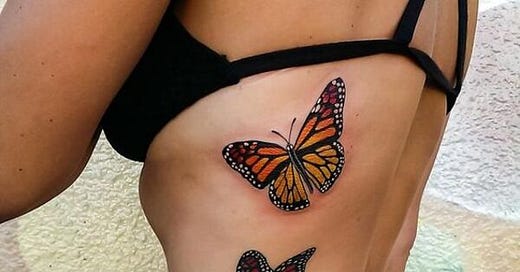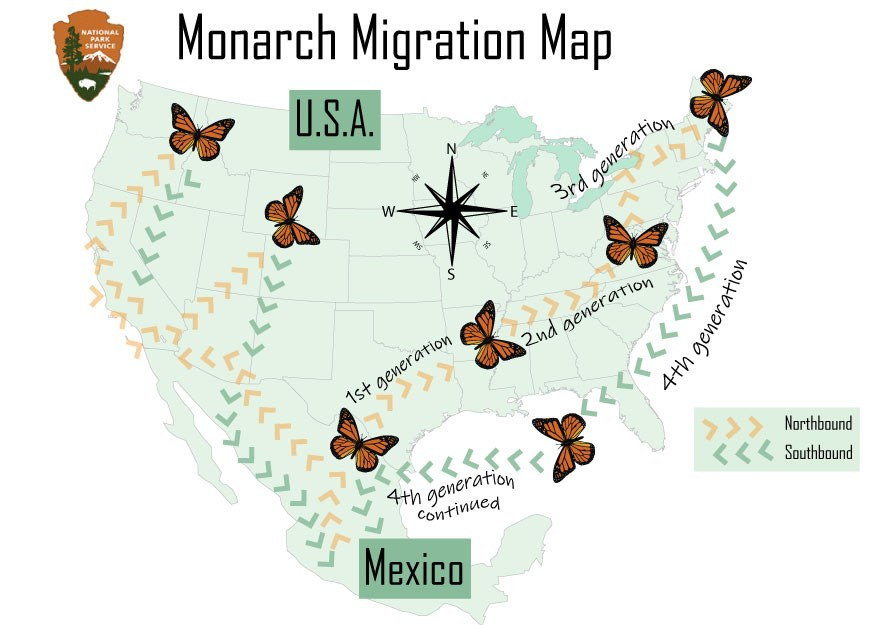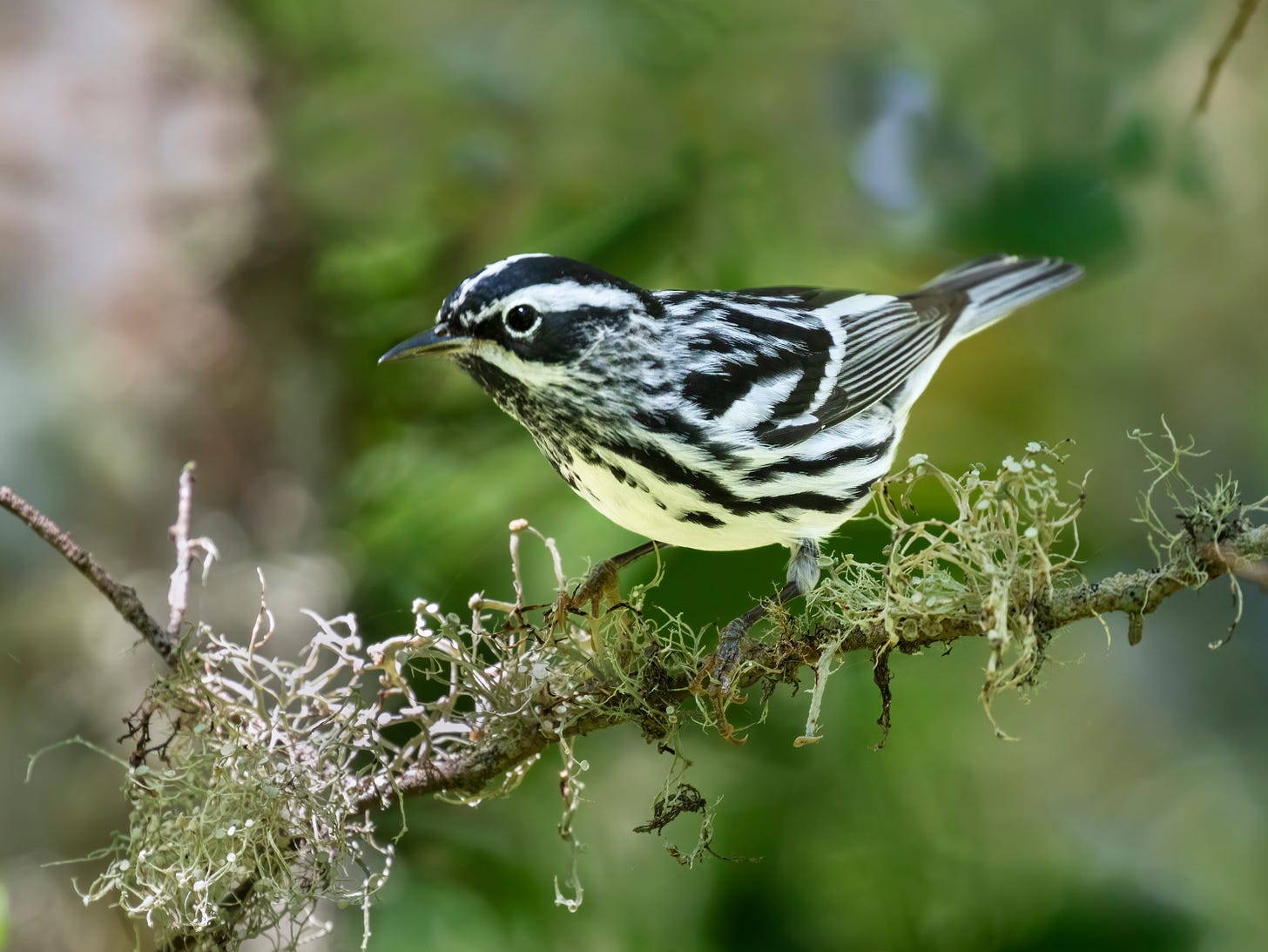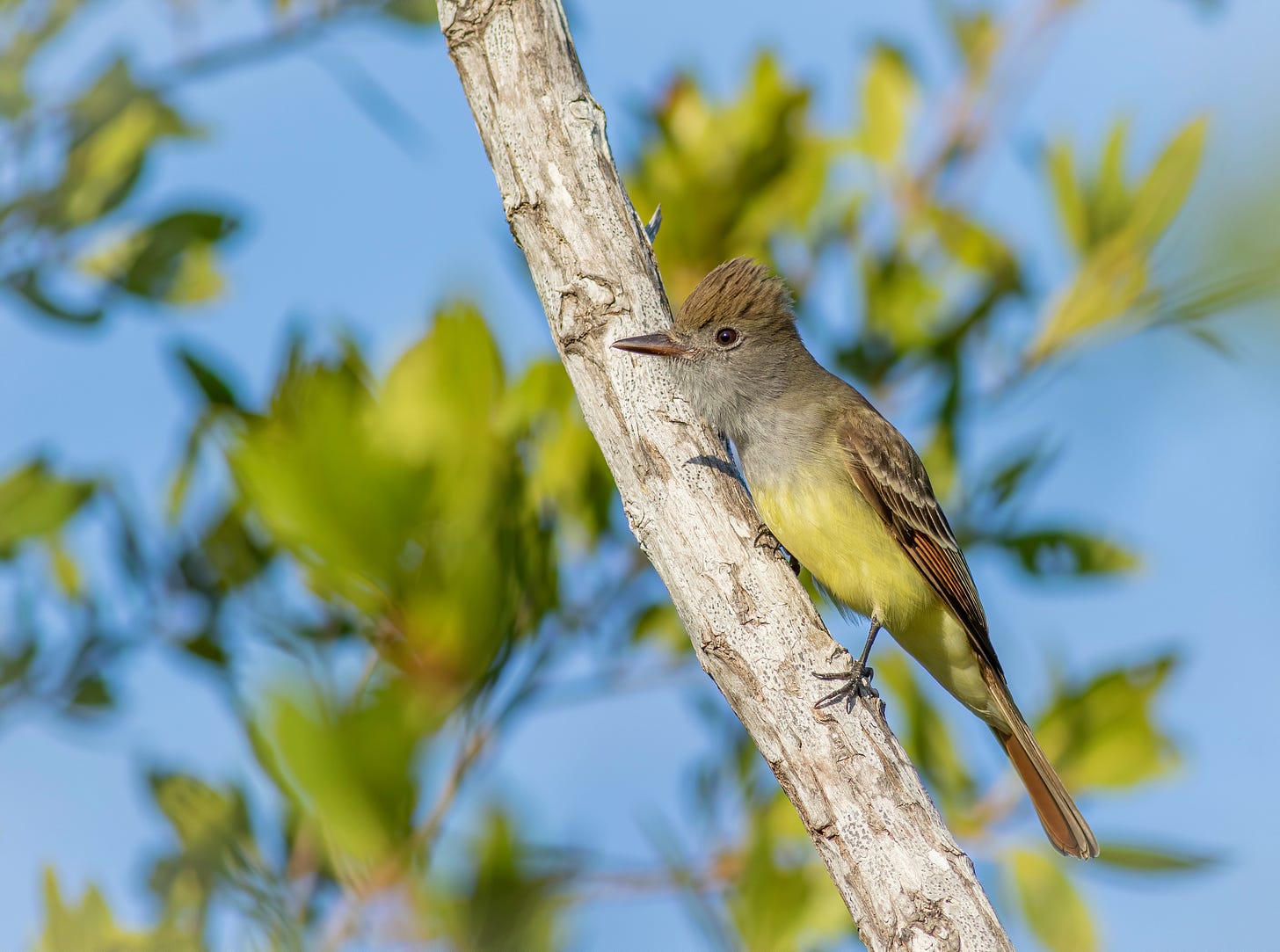Shoutout all our pagan-curious Japanese micro-seasoners! Unlike the slavish quarters of labor time made up by corporate humanoids, micro-seasons are straight from source, the great unity, the god-babe herself: MOTHER NATURE. Current J.M.S. (out of 72!): Praying mantises hatch. As for McGolrick Park, perhaps New York City and even larger swathes of the eastern US, we notice—
MICRO-SEASONINGS
Monarch Butterflies arrive • Milkweed blooms • Red Milkweed Beetles mate • Foxglove Beardtongues bloom • Echinacea blooms
Did we miss anything? We’ll declare this micro-season’s “official” name at year’s end.
JUNE 8, 2024 — SATURDAY
Conditions: 10/10 • Attendance: 90 • Vibrations: Back to basics :)
Saturday birds: Blue Jay · Common Grackle · Chimney Swift · Double-crested Cormorant (juvenile flyover; not an Anhinga 😅) · Red-tailed Hawk · Downy Woodpecker (heard) · Black-and-white Warbler · Northern Cardinal (heard) · Laughing Gull (flyover) … And the virtually always present in urban parks like McGolrick: Rock Pigeon, European Starling, American Robin, House Sparrow and Mourning Dove.
MICRO-LESSON: MONARCH BUTTERFLIES
Monarchs—their exuberant flutters and incognito eggs and stripy caterpillars—are right now noticeable in McGolrick Park.
Monarchs are beloved for their color and size—worship-able for their improbably long migrations. NYC’s monarchs are “3rd generation” Eastern pilgrims who continue a journey their dead grandparents started months ago—in freaking S. Texas/Mexico! Observe:
Insanities the Above Graphic Implies
- 1st generation Eastern Monarchs, much like birds, begin flitting northwards in early spring, when stateside temperatures heat up
- 4th generationers, great-grandchildren of the route’s initiators, make the return trip south—to their winter habitats in S. Texas/Mexico—in a single go 😳😭
- Incredibly, those 4th generation monarchs’ lifespans average 9 months, whereas their 1st, 2nd and 3rd generation forebears live for, on average, 4 weeks 😳😭
- Eastern Monarchs’ multi-generational migrations are the longest of any butterfly species in the world
Do you love monarchs yet? When you notice ‘em, please do get on your knees and fucking bow.
Monarchs in the Western half of US make similar, multi-generation journeys toward the northwest, occupying overwintering sites along the California coast. Their miles may be shorter, but their adventure and national park stop overs are just as epic a migration story
As of 2018, the population of monarchs overwintering along the California coast stands at just 0.6% of what it was in the 1980s 😳😭 Although that situation is dire, news on the eastern population is more hopeful. Our butterbabies’ numbers, though also on the decline, have seen jumps in recent years. This could be because breeding, migration, and overwintering conditions have just lined up very well by chance. So scientists caution that bumps may not signal recovery. Still, it all shows that improving conditions for the butterflies, especially the increase of appropriate milkweed species—the only plant that monarch larvae can eat—can make a difference for monarch survival
Shoutout gardeners Lauren C. and Alex K. (emeritus) for increasing the amount of our park’s monarch powering milkweed! Notice dense clusters surrounding the angel statue
Post-Script: Do Birds Eat Monarchs?
Short answer: No. Mid-length answer: Dr. F. A. Urquhart and Bruce Petersen, via the Journal of the Lepidopterists' Society (🤘), found that specimens whose shapes were modified by scientific trackers or tags, or whose wings were injured to the point of visual ambiguity, were occasionally eaten by Jay species.
Though there’s basically only one New York City Jay, the MLB-famous Blue Jay, there are approx. 9 other US Jay species—found west and north of the Rockies, near Mexico and in Florida
ON NOTICE I: LAST BLACK-AND-WHITE WARBLER CALLS
Most warblers are well on their way to northern breeding grounds. Black-and-whites too, but one lingerer’s been uniquely hearable (and just glimpse-able) in McGolrick Park—including on Saturday’s walk. Since their surprisingly loud call is one of the easiest to recognize, let’s learn it now.
Go ahead, listen to it a few times here. It sounds a bit like—
A. A high-pitched weesy, weesy, weesy song that lasts about 3 seconds B. The world’s tiniest ray-gun C. A whistled sine wave D. All or Any of the Above
The correct answer is D
Thinking this lesson ain’t likely to stick? That’s okay. Identification by sound is hard, especially when you’re new to the game. Tips: A) Just worry about noticing sounds that interest you. B) Follow them to their source. C) Try to create an audio mnemonic of your own. This experience, repeated, will develop the muscle memories required to get good at birding by sound
There’s always Merlin’s Sound ID feature to assist. Instructions here
Black-and-whites and other small birds are increasingly hard to see in New York City’s summer foliage’d trees! Grab a Q-tip, squeegee out them-thar’ audio canals, and turn your ears wide open, partner
Notice how Black-and-white calls differ from Blackpolls’, our other fav late-spring squeakers
ON NOTICE II: GREAT CRESTED FLYCATCHER
We did a lot of squawking about migration meaning birds pass through New York City en route to “northern breeding grounds.” Well, full disclosure, that was an oversimplification designed to ease y’all into our weird bird world. Sorry and you’re welcome.
The truth is that for many birds, New York City is the northern breeding ground.
Cue Great Crested Flycatchers. These large birds, about the size of Blue Jays, come from as far away as northern South America to summer across the Eastern US. Observe:

So these beautiful birds, who rock gray over yellow plus subtly pink wing and tail feathers, are findable in NYC right now. While it’s unlikely they’ll breed in small McGolrick Park, they will do so in bigger ones like Central and Prospect, where resources and space—classically favorable breeding conditions—abound.
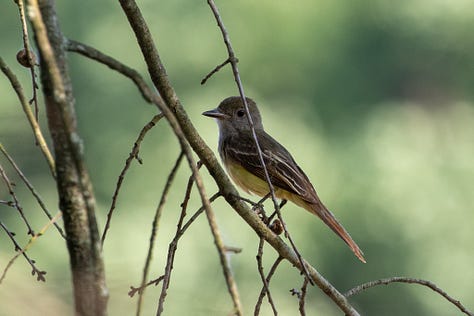
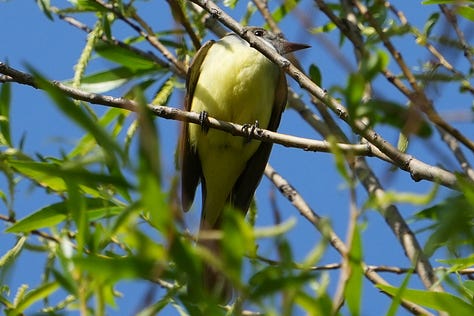
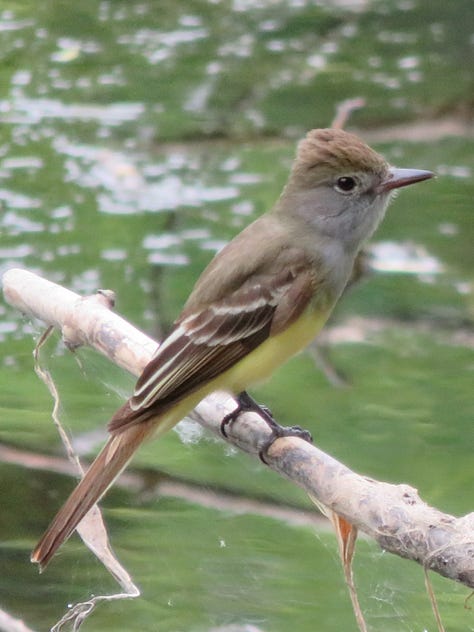
“Flycatchers.” There it is—that word again! You may recall our writing admiringly about the difficulty birders have distinguishing flycatcher species from one another. Somewhat confusingly, we were talking about flycatchers of a specific genus: empidonax. Flycatchers like the Great Crested, while of course also being flycatchers themselves, are not empids. They’re tyrant flycatchers, a category that is more colloquial than scientific. “Tyrant” for their being big and aggressive
You won’t hear many folks use that category name, but it’s good to be aware of. In the Eastern US, our tyrants are the Great Crested Flycatcher, the Eastern Kingbird and the Gray Kingbird (who’s basically limited to Florida + the Gulf of Mexico)
UPDATES, ANNOUNCEMENTS, REQS
Birds of Prey Prattle
- Shoutout Izzy Lezcano, Big Pat and P-Slay for rescuing, caring for, then transporting an injured American Kestrel to the Wild Bird Fund. Lil’ Killer a.k.a Rupert seems to be Harry Styles-ing the band over there. Speedy recovery, dude 🙏
- Red-tailed Hawk nestlings are still noticeable in McCarren Park! Scan the track’s field lights for 2-3 bitty bodies among a stack of sticks
- Peregrine Falcon juveniles seem to have fledged over at Under the K Bridge Park. Still viewable—perched on the bridge’s underside over Newtown Creek, especially towards the Queens side, or soaring nearby—are (probably) the empty-nester parents
Make your voice heard
- Two new nightclubs want to open across from Bushwick Inlet Park, an important Greenpoint habitat. See how you can get involved here: bit.ly/nonightclubs. Email protectbip@gmail.com with questions. Follow inletangels for updates:
Just show up.


